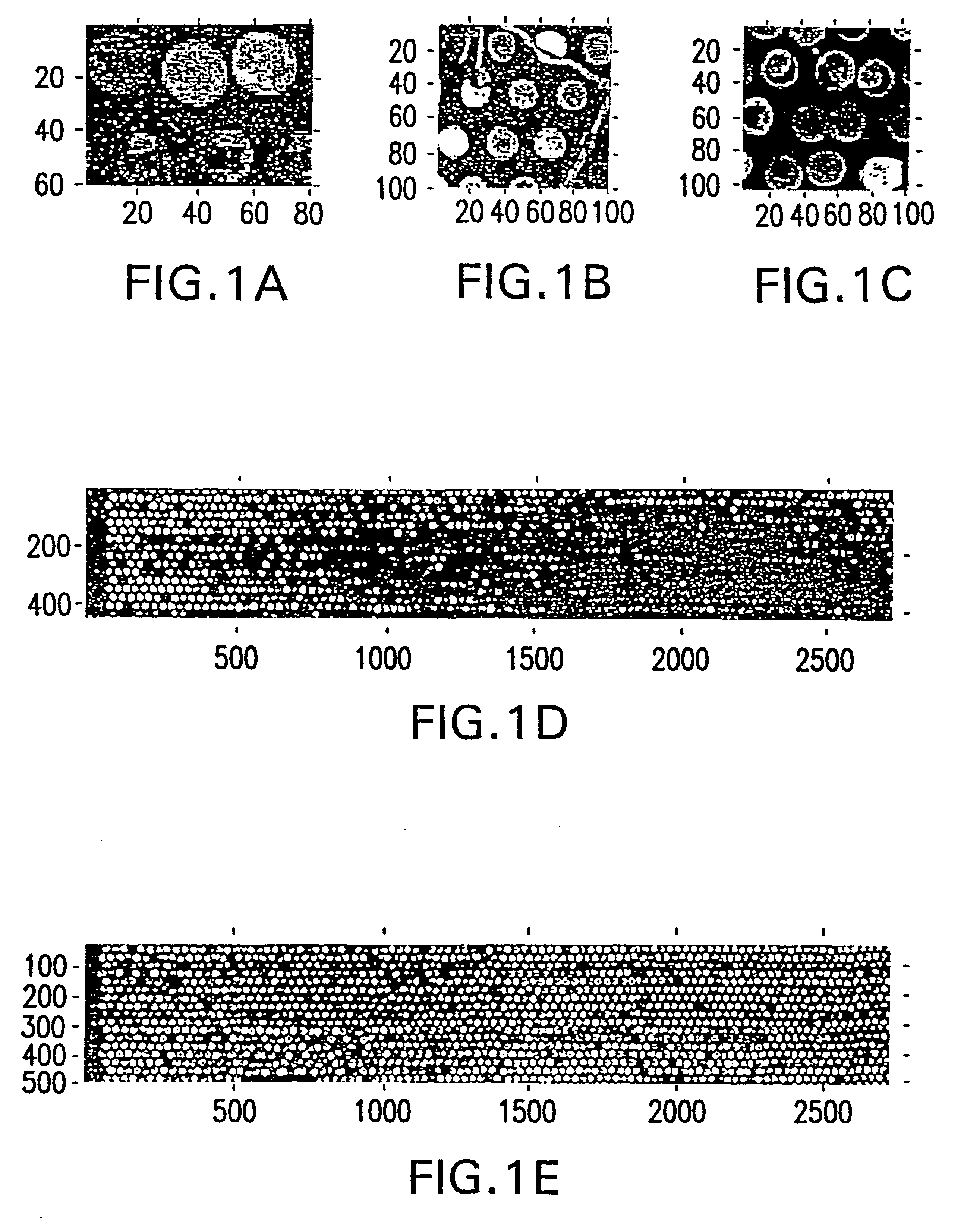Statistical combining of cell expression profiles
a cell expression and statistical technology, applied in the field of statistical combining of cell expression profiles, can solve the problems of producing an unacceptable error rate, atypically complex cell profile, and an explosive increase in the generation of quantitative measurements of the levels of "cellular constituents"
- Summary
- Abstract
- Description
- Claims
- Application Information
AI Technical Summary
Benefits of technology
Problems solved by technology
Method used
Image
Examples
Embodiment Construction
5.1 Introduction and General Definitions
Perturbation: As used herein, a perturbation is the experimental or environmental condition(s) associated with a biological system. Perturbations may be achieved by exposure of a biological system to a drug candidate or pharmacologic agent, the introduction of an exogenous gene into a biological system, the deletion of a gene from the biological system, changes in the culture conditions of the biological system, or any other art recognized method of perturbing a biological system. Further, perturbation of a biological system may be achieved by the onset of disease in the biological system.
Genetic Matter: As used herein, the term "genetic matter" refers to nucleic acids such as messenger RNA ("mRNA"), complementary DNA ("cDNA"), genomic DNA ("gDNA"), DNA, RNA, genes, oligonucleotides, gene fragments, and any combination thereof.
Fluorophore-labeled genetic matter: As used herein, the term "fluorophore-labeled genetic matter" refers to genetic ma...
PUM
| Property | Measurement | Unit |
|---|---|---|
| concentration | aaaaa | aaaaa |
| total volume | aaaaa | aaaaa |
| total volume | aaaaa | aaaaa |
Abstract
Description
Claims
Application Information
 Login to View More
Login to View More - R&D
- Intellectual Property
- Life Sciences
- Materials
- Tech Scout
- Unparalleled Data Quality
- Higher Quality Content
- 60% Fewer Hallucinations
Browse by: Latest US Patents, China's latest patents, Technical Efficacy Thesaurus, Application Domain, Technology Topic, Popular Technical Reports.
© 2025 PatSnap. All rights reserved.Legal|Privacy policy|Modern Slavery Act Transparency Statement|Sitemap|About US| Contact US: help@patsnap.com



